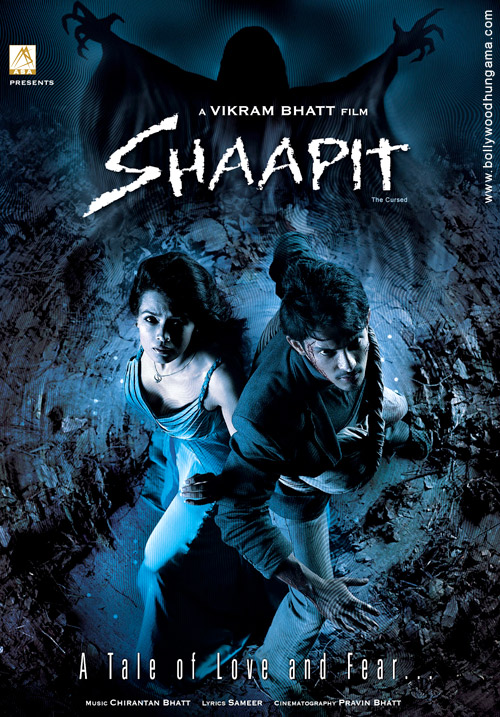Antioxidants are intimately involved in the prevention of cellular damage -- the common pathway for cancer, aging, and a variety of diseases. The scientific community has begun to unveil some of the mysteries surrounding this topic, and the media has begun whetting our thirst for knowledge. Athletes have a keen interest because of health concerns and the prospect of enhanced performance and/or recovery from exercise. The purpose of this article is to serve as a beginners guide to what antioxidants are and to briefly review their role in exercise and general health. What follows is only the tip of the iceberg in this dynamic and interesting subject.
Endurance exercise can increase oxygen utilization from 10 to 20 times over the resting state. This greatly increases the generation of free radicals, prompting concern about enhanced damage to muscles and other tissues. The question that arises is, how effectively can athletes defend against the increased free radicals resulting from exercise? Do athletes need to take extra antioxidants?
Because it is not possible to directly measure free radicals in the body, scientists have approached this question by measuring the by-products that result from free radical reactions. If the generation of free radicals exceeds the antioxidant defenses then one would expect to see more of these by-products. These measurements have been performed in athletes under a variety of conditions.
Glutathione (gamma-glutamyl-cysteinyl-glycine; GSH) is the most abundant low-molecular-weight thiol, and GSH/glutathione disulfide is the major redox couple in animal cells. The synthesis of GSH from glutamate, cysteine, and glycine is catalyzed sequentially by two cytosolic enzymes, gamma-glutamylcysteine synthetase and GSH synthetase. Compelling evidence shows that GSH synthesis is regulated primarily by gamma-glutamylcysteine synthetase activity, cysteine availability, and GSH feedback inhibition. Animal and human studies demonstrate that adequate protein nutrition is crucial for the maintenance of GSH homeostasis. In addition, enteral or parenteral cystine, methionine, N-acetyl-cysteine, and L-2-oxothiazolidine-4-carboxylate are effective precursors of cysteine for tissue GSH synthesis.
These initial products position OXIS for a feasible entry into the wellness market with a lot of room for expansion. This paves the way for solid partnerships with leaders in the industry with an established customer base or those with the capacity to build one. The ultimate goal is to be regarded as a health partner. For now, it may be penny stocks for OXIS, but with more nutraceutical products lined up (including functional foods like nutrition bars and energy beverages sold over the Internet and through multi-level marketing, infomercials, direct mail, and retail outlets), the future of OXIS is secure and will benefit people all over, allowing them to be healthy and young.
http://www.oxis.com
Oxis on Twitter
Oxis on facebook


Endurance exercise can increase oxygen utilization from 10 to 20 times over the resting state. This greatly increases the generation of free radicals, prompting concern about enhanced damage to muscles and other tissues. The question that arises is, how effectively can athletes defend against the increased free radicals resulting from exercise? Do athletes need to take extra antioxidants?
Because it is not possible to directly measure free radicals in the body, scientists have approached this question by measuring the by-products that result from free radical reactions. If the generation of free radicals exceeds the antioxidant defenses then one would expect to see more of these by-products. These measurements have been performed in athletes under a variety of conditions.
Glutathione (gamma-glutamyl-cysteinyl-glycine; GSH) is the most abundant low-molecular-weight thiol, and GSH/glutathione disulfide is the major redox couple in animal cells. The synthesis of GSH from glutamate, cysteine, and glycine is catalyzed sequentially by two cytosolic enzymes, gamma-glutamylcysteine synthetase and GSH synthetase. Compelling evidence shows that GSH synthesis is regulated primarily by gamma-glutamylcysteine synthetase activity, cysteine availability, and GSH feedback inhibition. Animal and human studies demonstrate that adequate protein nutrition is crucial for the maintenance of GSH homeostasis. In addition, enteral or parenteral cystine, methionine, N-acetyl-cysteine, and L-2-oxothiazolidine-4-carboxylate are effective precursors of cysteine for tissue GSH synthesis.
These initial products position OXIS for a feasible entry into the wellness market with a lot of room for expansion. This paves the way for solid partnerships with leaders in the industry with an established customer base or those with the capacity to build one. The ultimate goal is to be regarded as a health partner. For now, it may be penny stocks for OXIS, but with more nutraceutical products lined up (including functional foods like nutrition bars and energy beverages sold over the Internet and through multi-level marketing, infomercials, direct mail, and retail outlets), the future of OXIS is secure and will benefit people all over, allowing them to be healthy and young.
http://www.oxis.com
Oxis on Twitter
Oxis on facebook














